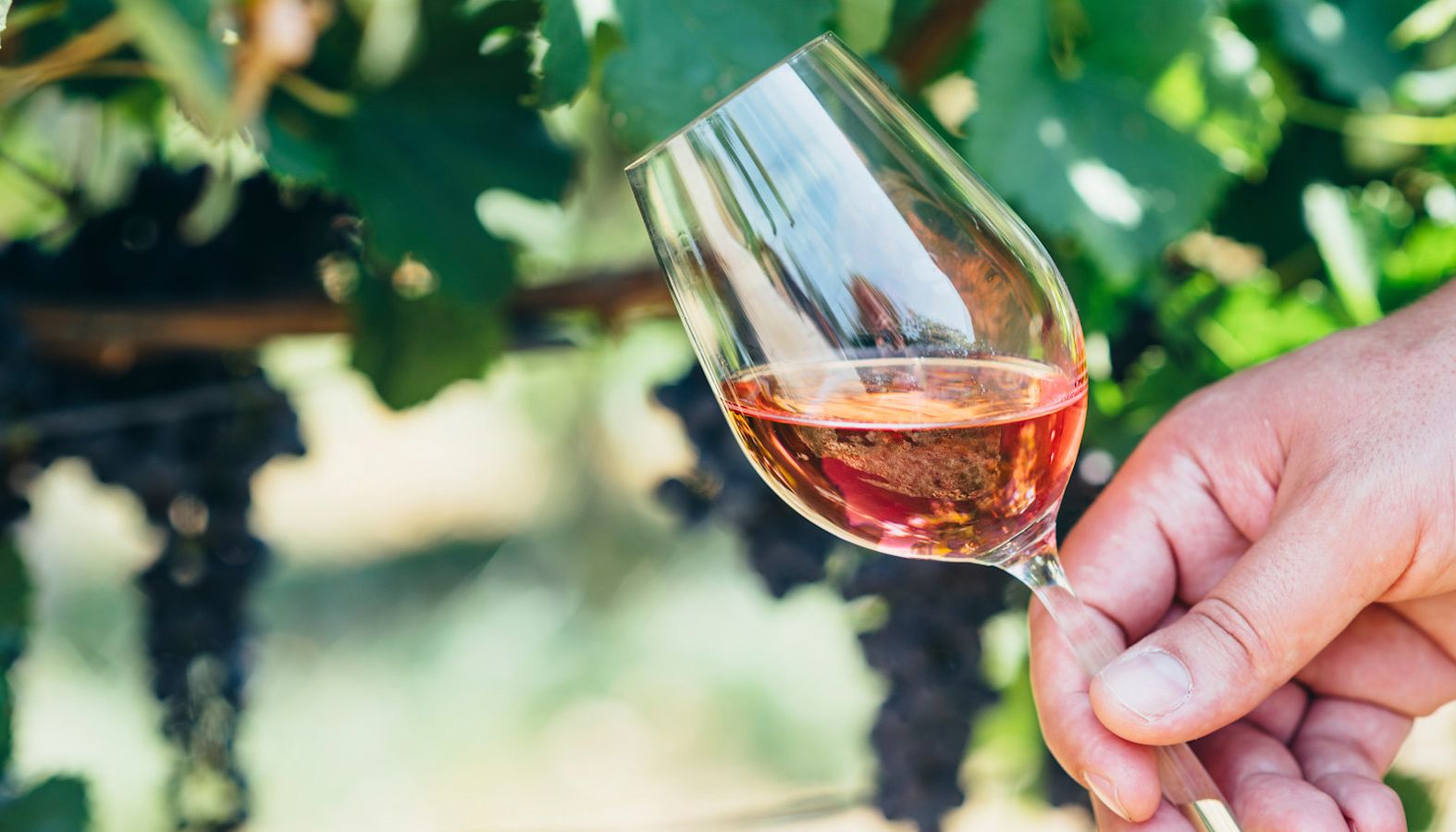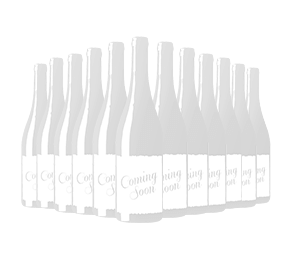Chat with Vinny
When you pour a glass of Zinfandel wine, you’re pouring a glass of American winemaking history. Although its heritage can be traced back to Croatia, this black-skinned grape variety is today considered an American icon.
Zinfandel, often lovingly called ‘Zin’, is a wine for all seasons. Open a full-bodied red Zinfandel on a cold night, or enjoy a refreshing White Zinfandel at a summer picnic.
With its mix of dark berry fruits, bright acidity, and silky smooth tannins, red Zinfandel wine is also impressively versatile when matched with food. It’s light enough for white meats such as chicken and pork but strong enough to go with lamb and beef, making a bottle of Zinfandel perfect for any occasion.
Read on to discover more about this American icon.
Where does Zinfandel wine come from?
Zinfandel is an essential part of America’s wine history. So much so that people once thought the grape was native to California. And, given how many old-vine Zinfandel plants there are across California, it’s easy to see why. Zinfandel was the true Californian variety.
However, in the 1960s, researchers discovered that this ‘All-American’ grape wasn’t actually American at all. Instead it was found to be genetically identical to the Italian grape Primitivo, found widely in the vineyards of Puglia in southern Italy. The grape arrived in America with immigrants from Europe in the early 19th century.
But there’s more to the story. Further investigation in the 1990s found that Zinfandel and Primitivo are both clones of an even older grape, Crljenak Kaštelanski (also called Tribidrag), which comes from Croatia’s Dalmatian Coast.
Despite its European origins, Zinfandel has truly made its home in the United States, particularly in California, where around 10% of vineyards are planted with Zinfandel grapes. California’s warm climate and varied soil types create the perfect conditions for the Zinfandel grape, producing strong reds and light rosé styles that have made this variety popular with wine lovers worldwide.

Red Zinfandel wine
t’s easy to see why Zinfandel is so popular. It’s juicy and rich, full of lovely red, blue and black fruits, red liquorice, spice and a hint of smokiness. All that ripe fruitiness is balanced out by a refreshing acidity and smooth tannins. American Zinfandels often have a high alcohol content, with some bottles reaching more than 16% ABV. This is higher than Italian Primitivos, which typically sport an ABV below 15%.
In California, and also in Italy, there are several vineyards planted with very old Zinfandel vines. Wines made from old vines have particularly concentrated smells and tastes because, as vines get older, they produce less fruit, so all the goodness gets concentrated in fewer bunches.
In the US, the best Zinfandel wines come from California. Regions such as Paso Robles, Sonoma and Napa lead the way for top-quality examples, but you’ll also find some excellent Zinfandels from the Central Coast and the world’s Zinfandel capital, Lodi. Many of these Californian Zinfandels are aged in oak, adding layers of vanilla, baking spice and occasionally coconut to the wines.
Over in Italy, Puglia is the top region for Primitivo, where the grape often has more spicy, savoury flavours.
Thanks to its ripe taste, Zinfandel is great with spicy dishes. It’s one of the few reds that goes brilliantly with Indian food. Chillies usually make a wine taste ‘hot’ or more alcoholic, but not with a young, super juicy Zin. This is another great barbecue wine that’s also delicious with chicken or game birds. It’s perfect for when you’re not sure what wine to bring to a dinner party or a Christmas Day celebration – Zinfandel is the ultimate turkey wine. It’s a good choice for strong, aged cheeses such as Gouda and Cheddar.

White Zinfandel wine
Despite what the name suggests, White Zinfandel isn’t made from a white Zinfandel grape. It’s actually a lovely rosé wine made from the same red Zinfandel grape mentioned above. This pretty pink rosé wine became very popular in the 1970s and ’80s, which helped make the wine famous. Because of its iconic status, many winemakers chose to keep their old Zinfandel vines at a time when vineyards were being replanted with more profitable international varieties like Cabernet Sauvignon and Chardonnay.
With a delightful pale pink shade and red berry flavours, White Zinfandel has a sweet taste and low alcohol content (about 9-10% on average), making it a straightforward, often inexpensive crowd-pleaser. It goes well with spicy grilled food, thanks to its ripe berry flavour and sweetness.

What are the alternatives to Zinfandel?
The closest alternative to a rich, fruity red Zinfandel wine is a Shiraz, though it tends to have spicier notes and a different structure. Shiraz can have the same delicious combination of red and black fruit flavours as red Zinfandel, as well as a full body and rounded, smooth tannins. If you prefer a Californian-style Zinfandel, try a peppery Aussie Shiraz from the Barossa Valley. But if you like wines closer to Primitivo, look for Shiraz wines from France’s prestigious Rhône Valley.
If you want to learn more about Zinfandel’s roots, try Negroamaro, a red wine from Primitivo’s home region, Puglia. Deeply coloured with rich black fruit flavours and a hint of savoury herbs, this is a wine you’ll want to serve with a meat lover’s pizza.
Merlot is also an excellent red Zinfandel alternative. Plush and ripe, this easy-drinking red has supple tannins and juicy red fruit flavours but is a little lighter than red Zinfandel. It can also be enjoyed with the same dishes, plus grilled mushrooms and lightly spiced lamb chops.
If you’re looking for an alternative to a White Zinfandel wine, a Grenache rosé is the best option. Dry and refreshing, Grenache rosé wines are bright and intensely fruity, with flavours of strawberry and rose petal. But if you want something sweeter, opt for a pink Moscato from Italy.
About the author
Brogan Wilson
Qualified to WSET Level 2 Wine, Brogan is a relatively new member of the team, having joined in September 2023. She previously worked as the sole copywriter at a creative marketing agency, and before that, as a primary school teacher. At Laithwaites HQ, you’ll find her growing her knowledge, asking lots of questions, and crafting both digital and print copy. An ardent red wine drinker, Brogan is also fond of Crémant.

